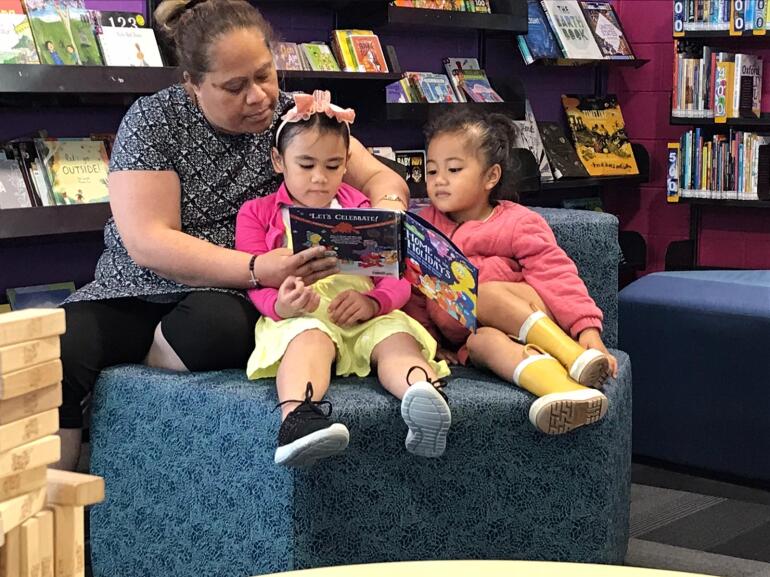News And Events

Phonological Awareness
15 October 2023Phonological awareness is a general term and means awareness of the sound structure of words. Children with phonological awareness are aware of the sounds in speech. They have the ability to hear and discriminate the sounds around them. They can hear rhythm, rhyme and alliteration and understand that spoken words have parts.
Phonological awareness begins very early, from birth upwards. Babies who are sung, read and talked to will more easily develop the skills of phonological awareness. From a very young age, babies can show their awareness to sound, for example a young child rocking to the rhythm of a familiar song.
In terms of early language acquisition, the skills of phonological awareness develop gradually from birth to age four or later, by exposure and, in some cases, by direct teaching. It is the repetition of such experiences that develops the skill and switches on the left-hand side of the brain which needs to be activated for reading. Phonological awareness is a strong predictor of long-term reading and spelling success.
We can provide experiences so that phonological skills are acquired naturally through daily conversation, listening activities and exposure to rhyme, alliteration and participation in sound games.
This month, we focus on ‘alliteration’. Alliteration is about hearing the sounds, not the letter names. For example, giggling gorillas is alliterative, although giggling giraffes is not. The focus is on the first sound only; for example, we hear g-g-great, g-g-grapes, not gr-gr-great, gr-gr-grapes.
A great way to get started is to have fun with rhymes! Here are some rhymes that are good for alliteration: Peter Piper, Wee Willie Winkie, Bye Baby Bunting, Ring-a-Ring O’Roses, Sing a Song of Sixpence. You can have lots of fun with alliteration as the words don’t need to make sense – they just have to have the same initial sound!
Information from ‘Developing Phonological Awareness’ written by Yolanda Soryl


